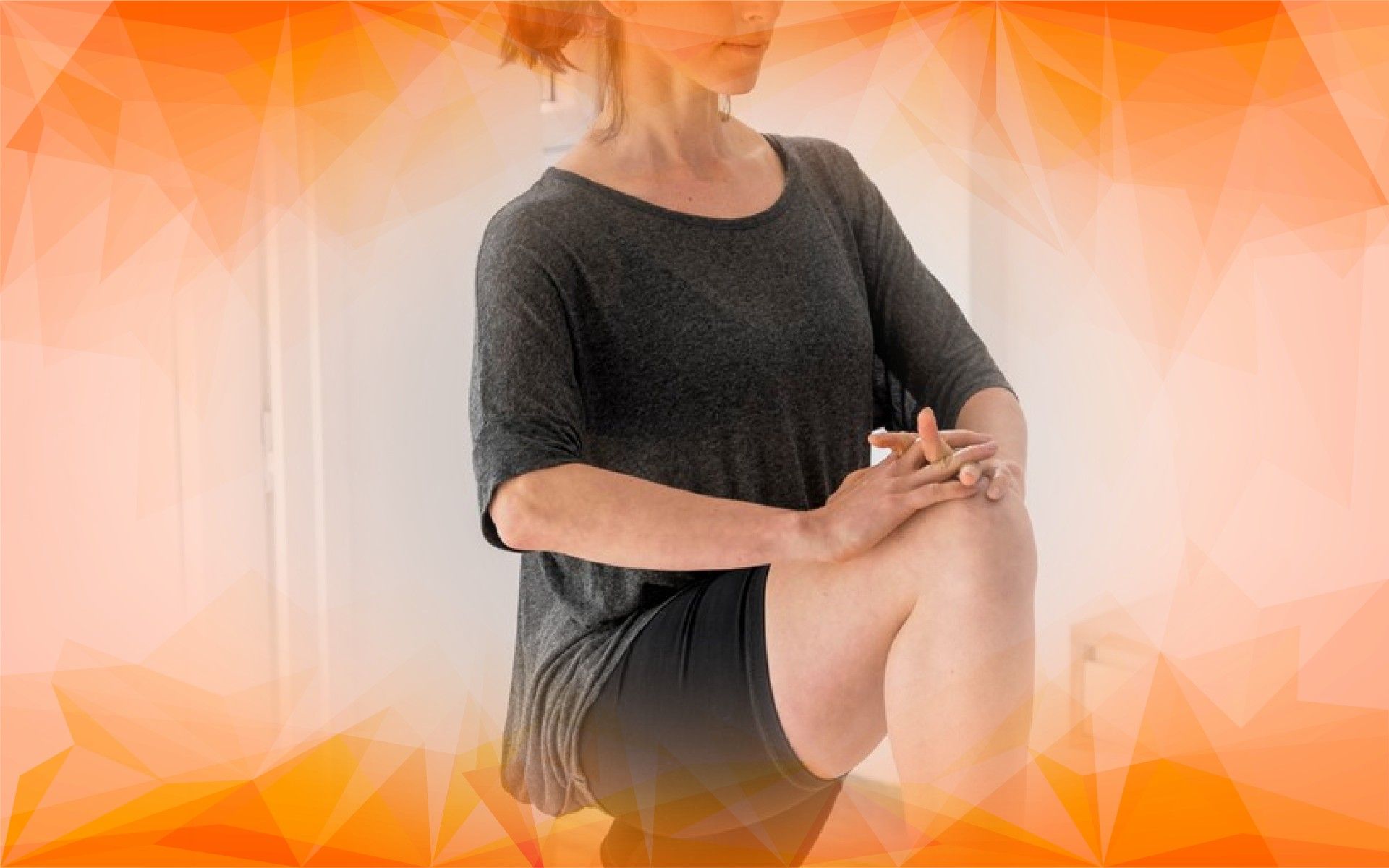Introduction
Knee osteoarthritis is a common and often painful condition that affects millions of people worldwide. Managing it effectively means more than simply staying active—it’s about choosing the right exercises that strengthen and support your knees, while avoiding movements that could make symptoms worse. In this article, we’ll walk you through how to exercise safely and effectively, helping you reduce pain , improve knee function , and protect your joints for the long term.
What Is Knee Osteoarthritis?
Knee osteoarthritis occurs when the cartilage—the smooth, cushioning tissue at the ends of your bones—gradually wears down. As this protective layer thins, bones can begin to rub against each other, causing pain , stiffness, and trouble moving. Daily activities like walking, climbing stairs, or even standing for extended periods can become difficult challenges.
Because this condition is so widespread, especially among older adults, effective management strategies are essential. Exercise is a core part of treatment, but not all exercises are helpful. Some movements build strength and stability, while others can put extra stress on your knees and worsen symptoms. Understanding which exercises are safe and which to avoid is key to managing knee osteoarthritis successfully.
The Science Behind Exercise and Knee Osteoarthritis
When you have knee osteoarthritis , it’s the loss of cartilage that triggers pain and inflammation as the bones interact directly. Over the years, researchers have developed and tested a variety of treatments to slow this process and ease symptoms.
Exercise stands out as one of the most effective, accessible, and non-invasive strategies. Clinical studies show that gentle, well-chosen movements can reduce pain, improve function, and support joint health . Exercise also strengthens the muscles around your knee , which act as natural shock absorbers and help stabilize the joint.
You’ll also find that experts consistently recommend exercise when you search for “how to treat osteoarthritis in the knee” or “ osteoarthritis knee treatment.” Medical guidelines highlight movement as a first-line option, complementing other strategies like patient education, healthy weight management, and, in some cases, complementary therapies.
Which Exercises Help—and Which Should You Avoid?
The key is picking exercises that strengthen the muscles supporting your knee without adding unnecessary pressure to the joint. Effective options include:
- Quadriceps-strengthening exercises (like straight leg raises or gentle squats)
- Low-impact activities (such as swimming or cycling)
- Flexibility and balance exercises (like stretching or yoga)
Many of these “ knee strengthening exercises at home” are straightforward and require little to no special equipment, making them ideal for ongoing self-management.
On the other hand, it’s wise to avoid activities that put your knees through deep bending, high-impact forces, or heavy lifting . Running, jumping, or exercises with lots of twisting and turning can often increase pain and risk of further damage. These are often the “exercises that make osteoarthritis worse,” and should be skipped in favor of safer alternatives.
Strengthening the muscles around your knee joint helps absorb shocks and reduce the direct load on your cartilage. This protective effect can slow down the wear and tear process, allowing you to stay active while managing symptoms.
Combining Exercise with Lifestyle Changes and Other Treatments
Exercise is an essential part of knee osteoarthritis management , but it works best when combined with other strategies.
- Education: Learning about how to protect your joints and pace your activities helps prevent further injury .
- Healthy weight management: Excess weight increases the strain on your knees and can speed up cartilage breakdown.
- Innovative therapies: Promising new treatments, such as low-dose stem cell therapy , are being explored as additional ways to support joint health and healing.
- Medical management: In certain cases, medications or injections may be recommended to reduce pain or inflammation and complement your exercise routine.
The best results come from a personalized plan that takes into account your abilities, preferences, and health goals. Working with a healthcare professional or physical therapist can help ensure your approach is effective and safe.
Conclusion
Managing knee osteoarthritis is all about finding the right balance—supporting your knees with exercises that build strength and flexibility, while steering clear of movements that can lead to further damage. Safe, evidence-based routines, many of which you can do at home, provide a strong foundation for long- term knee health . Combined with healthy lifestyle choices and, where suitable, additional therapies, exercise can help you manage pain , improve mobility, and reclaim your quality of life.
If you have knee osteoarthritis , consider working with your healthcare provider to design an exercise and management plan that’s tailored to your needs. With the right strategy and support, it’s entirely possible to reduce your pain, protect your joints , and stay active for years to come.
References
Ray, T. (2013). Using viscosupplementation to treat knee osteoarthritis. The Physician and Sportsmedicine, 41(4), 16-24. https://doi.org/10.3810/psm.2013.11.2032
Simoens, S., & Laekeman, G. (2010). Pharmacotherapeutic aspects of treating knee osteoarthritis with glucosamine sulfate. Health, 2(7), 705-707. https://doi.org/10.4236/health.2010.27107
Wang, X., Jiang, Y., Xiong, J., Yuan, T., Yang, J., Zhou, X., Liao, K., & Xu, L. (2020). Moxibustion for treating knee osteoarthritis. Medicine, 99(19), e19974. https://doi.org/10.1097/md.0000000000019974




